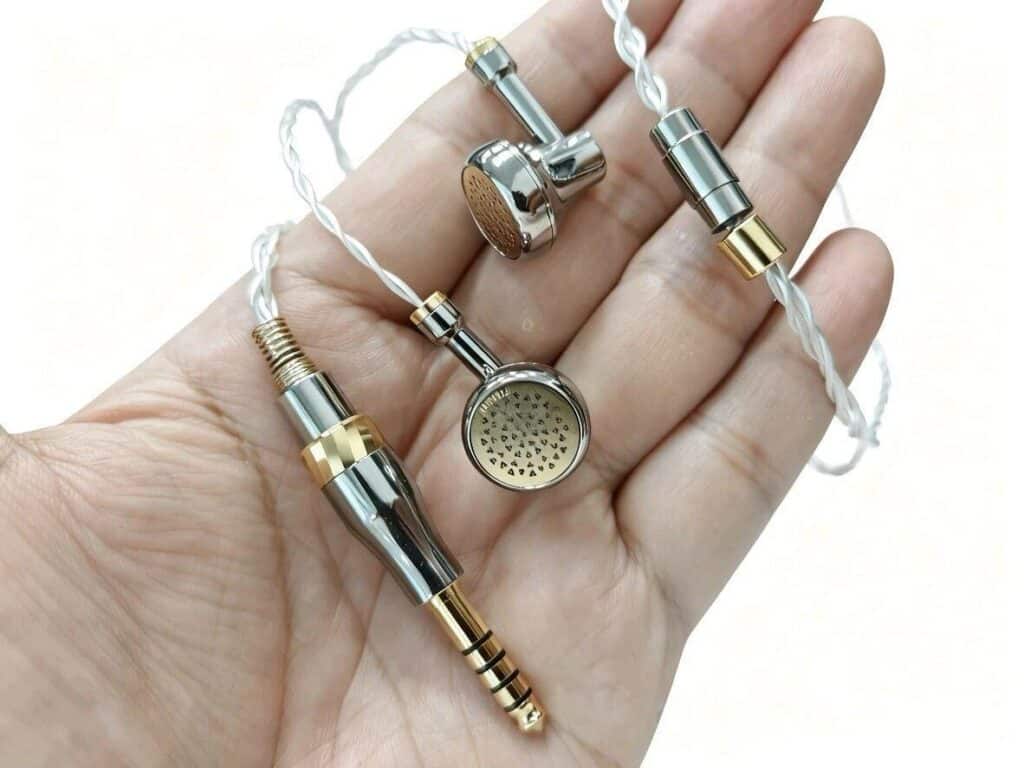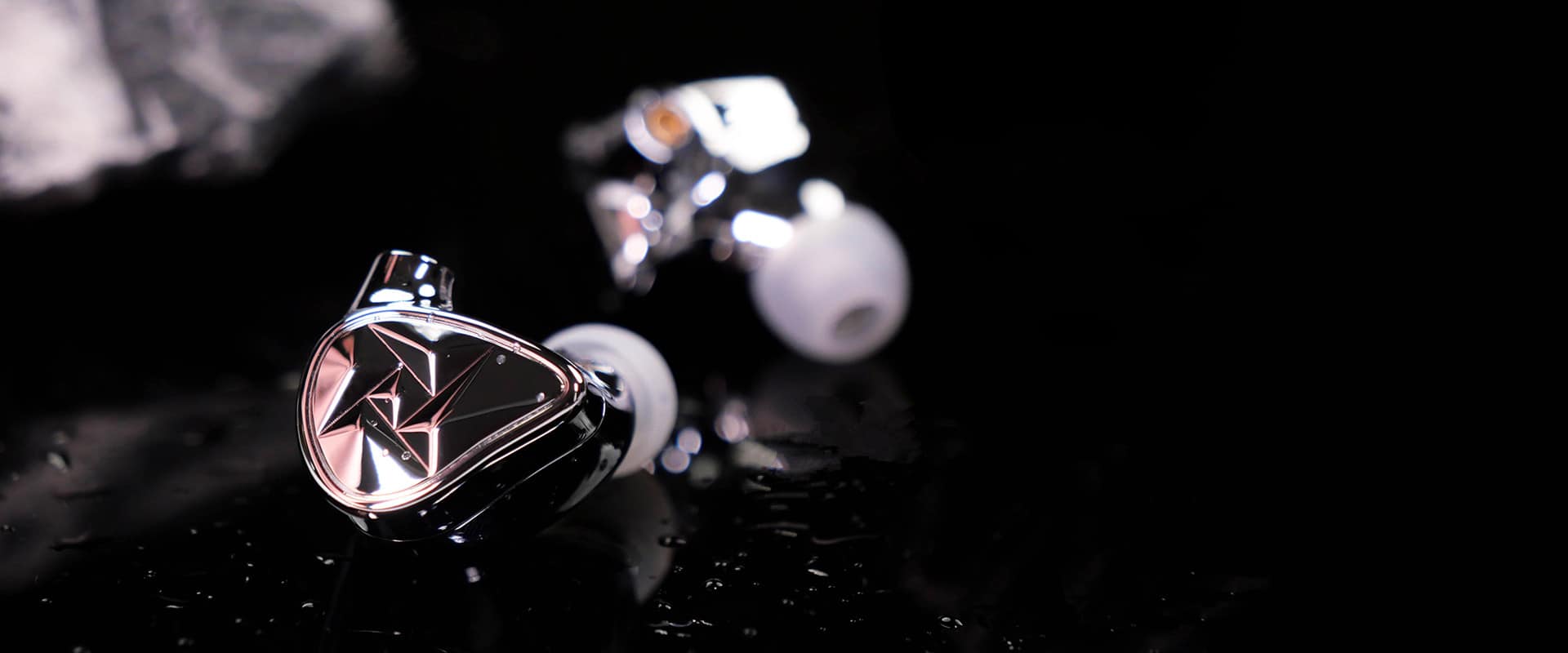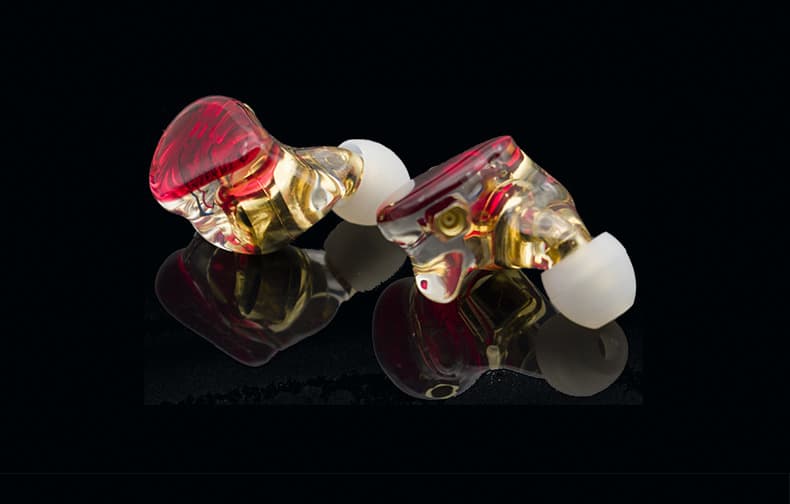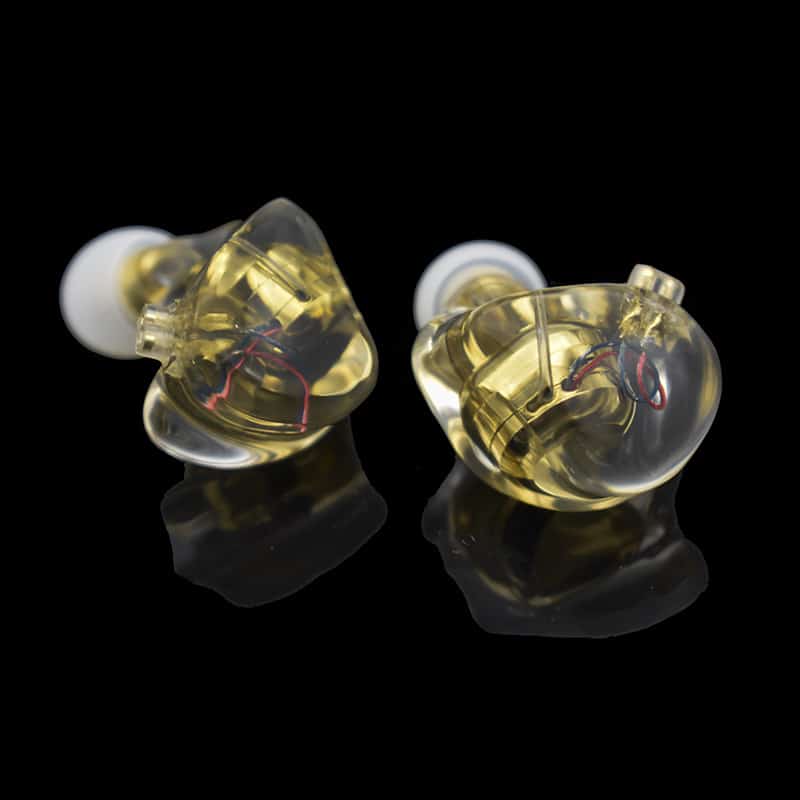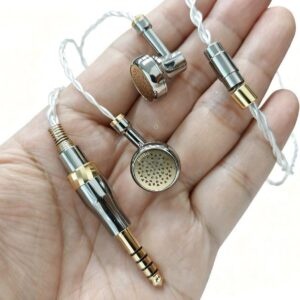For years, I watched the rise of ultra-premium earbuds — including expensive earbuds in the flat-head category — and like many engineers, I felt both admiration… and temptation. When so many people were willing to pay for good products, how could I not feel the urge to build one of our own?
But the engineer in me has always believed in one principle:
A product must first be worth its price — and only then should we use engineering and supply-chain strength to make it exceed that value.
That’s the responsibility of a good engineer, and the duty of any brand that wants to stand with users for the long term.
So yes, I’m easily persuaded — and I began sketching the blueprint for a new titanium flat-head earbud.
The First Attempt: “Good” Wasn’t Good Enough
Let me share a small story.
A few days ago, in our enthusiast group, I was chatting with a friend about the development process of dynamic-driver earphones. We broke it down into three “levels”:
- Choose a good dynamic driver → then design the shell aesthetics.
(Modern dual-chamber drivers already include partial tuning inside their own cavity.) - Use an existing shell → adapt various dynamic drivers to tune the sound.
(This requires strong driver-supplier resources and micro-adjustment support.) - Design the driver and the earphone structure from scratch.
For our new titanium flat-head, we initially took what looked like the “efficient” route:
Swap in a different driver, tune it, upgrade the cable, convert it to a stylish detachable-cable design, and use a titanium alloy housing.

Nothing difficult for us.
After a month of tuning and comparison, we chose an NPEI-modified diaphragm as the membrane material. We built a new driver around it and paired it with a titanium housing plus colorful PVD-coated hardware from the same supplier who does CHANEL’s metal accessories.
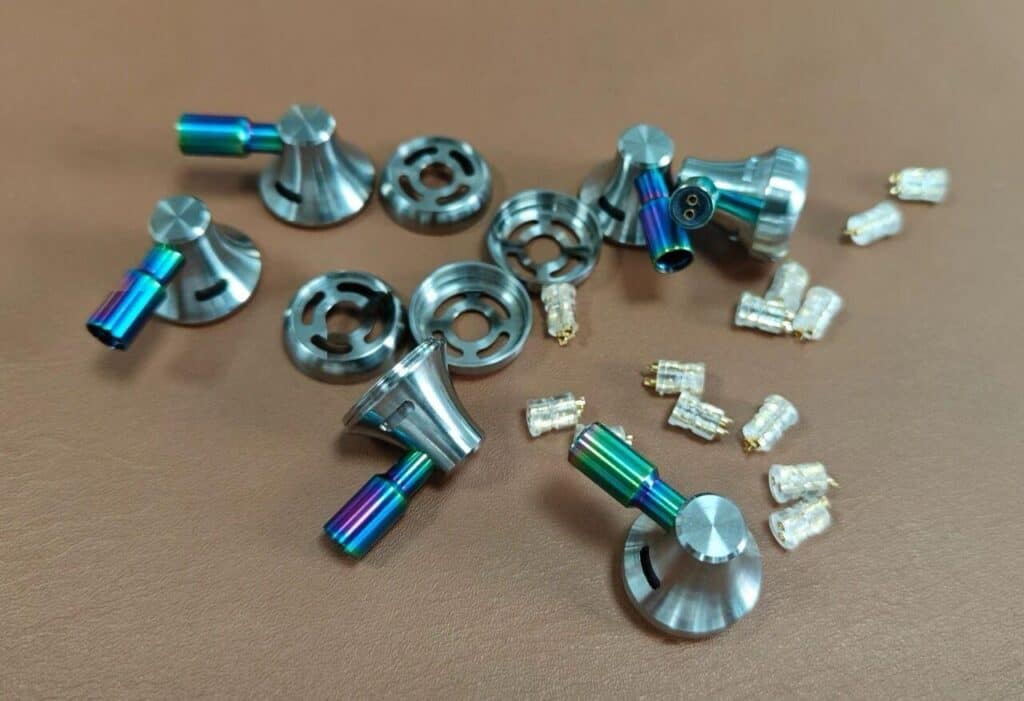
We exhibited the engineering sample.
The feedback was split, but uncannily consistent:
- Low-frequency resonance was too strong — exciting but fatiguing.
- Upper-mid and treble were silky and detailed — but still tiring over long sessions.
- Emotional expression was great — but the lingering low-end energy broke the balance.
In short:
It sounded impressive… but not listenable.
And “not listenable” is fatal.
We Tried Fix After Fix — And None Were Right
After the show, we kept pushing.
- Added a vent hole → didn’t work
- Removed the detachable-cable structure so airflow could exit through the stem → still average
- Lengthened the stem and adjusted the aperture → better bass, worse midrange
We tried countless structural tweaks, but nothing hit the target we imagined.
Eventually, the root cause became clear:
NPEI material was too stiff for our short-stroke driver design.
Its rigidity limited dynamic response — especially in low-frequency recovery and micro-details.
So we scrapped it.
And started again.
Yes — from zero.
Starting Over: Building the Driver We Should Have Built From Day One

Looking back, we probably “lost” nearly a year of commercial opportunity.
But we gained something more important:
A reminder of why we build products in the first place.
We realized that we could make this earbud great — we just took a shortcut in the beginning by pairing an off-the-shelf shell with a modified driver.
And shortcuts never lead to masterpieces.
So we reset the entire project and aligned the engineering goals:
Driver Tuning Targets
- Keep vocals warm, intimate, and delicate
- Improve instrument detail and micro-texture
- Enhance background depth and layering
- Deliver punchy, physical low-frequency impact — with controlled diffusion
- Preserve natural airiness and openness
Driver R&D
- 30+ driver-model revisions
- 20+ diaphragm materials tested
- Cross-verification of stiffness, damping, elasticity, and coating behavior
The final diaphragm we chose was unexpected —
a niobium-infused alloy-coated membrane.
This gave the driver:
- Exquisite micro-detail
- A breathable, airy treble
- Beautifully diffused ambience
- And a vocal presentation full of emotional nuance
It became the true heart of our titanium flat-head.
Structural Innovation: Tiny Details, Huge Impact
Our structural engineer took insights from all previous trials and proposed a new idea:
A dedicated, independent venting channel.
Through acoustic testing, we discovered that different vent-hole diameters changed the bass response dramatically — just like a miniature low-frequency flute-tube effect.
This independent vent became the missing key that tied the whole acoustic system together.
The Cable: Ultra-Light, Ultra-Strong, Ultra-Clean
Flat-head earbuds rely heavily on the ear’s concha for stability.
A heavy cable ruins the fit immediately.
So we developed a new ultra-thin, ultra-strong anti-tangle cable, optimized for weight and acoustic matching. The conductor pairing was tuned specifically to support the driver’s characteristics.
The hardware went through multiple rounds of sampling — aluminum → stainless steel → pure copper — before we returned to titanium, matching the housing.
And yes, we designed interchangeable 3.5mm / 4.4mm plugs.
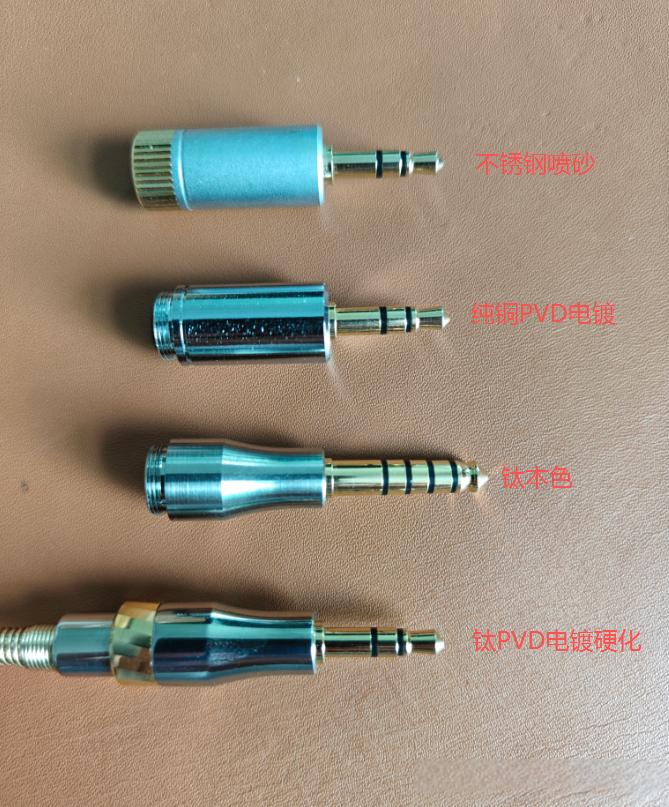
A Hi-Fi Audio Product Should Deliver Sound — and Something More
I believe a good Hi-Fi Audio product doesn’t only deliver better sound.
It carries emotional value.
A sense of craftsmanship.
A love for beautiful things.
And a commitment to users — not just at purchase, but long after.
From the perspective of both an engineer and a brand owner, I keep asking myself:
What can a good brand truly give its users?
Our answer is simple but sincere:
10-Year Free Driver Repair for the Titanium Flat-Head
3-Year Free Cable Replacement
Maybe this is the most direct way we can express gratitude to everyone who supports us.
This product took longer than expected.
It challenged us more than expected.
But today, it finally represents the standard we want to uphold:
Build things worth owning.
Build things worth loving.
And never take the shortcut again.
